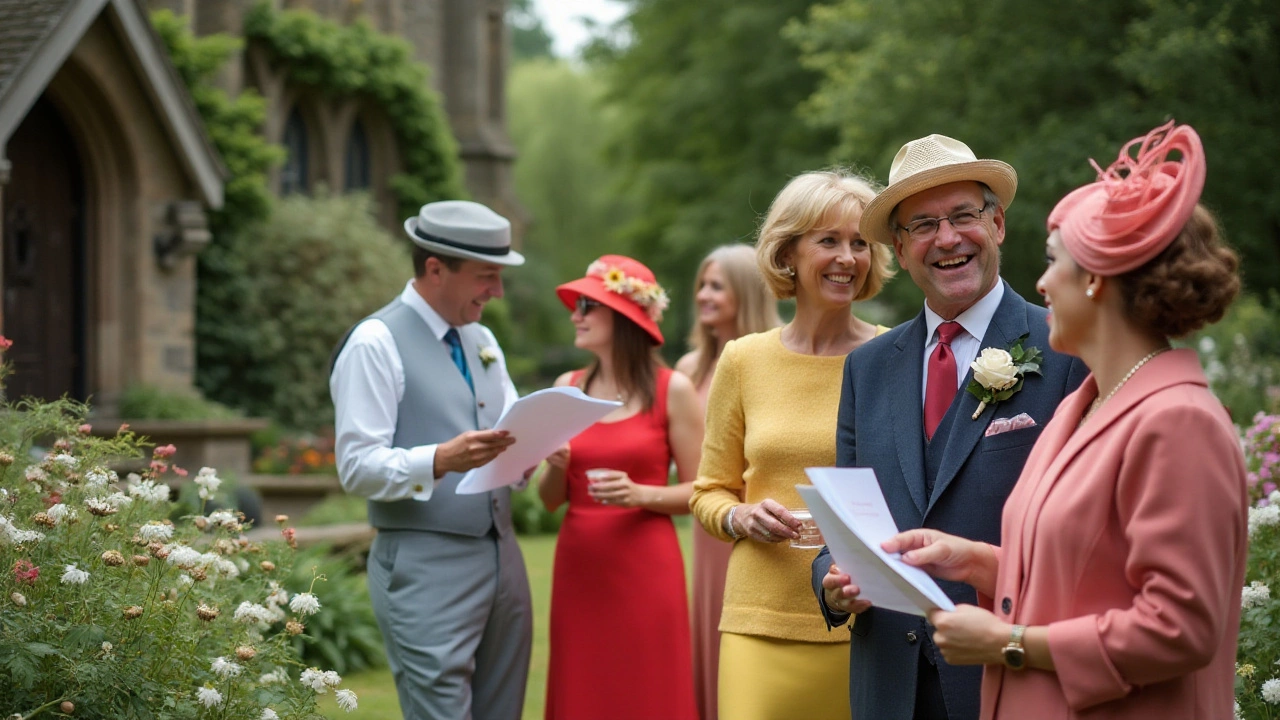Wedding Guests: How to Invite, RSVP & Seat Everyone Right
Planning a wedding means figuring out who’s coming, when to ask them, and where they’ll sit. It can feel overwhelming, but break it into three easy steps: set a realistic guest list, send clear invitations with a firm RSVP date, and create a seating plan that makes sense. Below you’ll find straight‑forward advice you can apply today, no matter the size of your venue.
Step 1: Build a Guest List That Works for You
Start by writing down every name you can think of – family, friends, coworkers – then trim it down based on two things: budget and venue capacity. A typical UK wedding hosts 80‑120 guests; if you’re aiming for a smaller, intimate affair, 50‑70 works well. Ask yourself if each person adds value to your day or if they’re coming out of obligation. Don’t forget to consider plus‑ones: a safe rule is to allow them only for married couples or close friends, not for every single guest.
Step 2: Send Invites and Set a Clear RSVP Deadline
Once your list is set, choose a format that matches your style – printed cards, e‑cards or a mix. Include all essential details: date, time, venue, dress code, and a simple RSVP method (email, phone or a wedding website). Give guests at least three weeks to reply; this gives you enough time to confirm headcount with the caterer and avoid last‑minute surprises. If you haven’t heard back a week before the deadline, send a polite reminder. A quick text or email works fine and shows you’re organized without being pushy.
When you get the responses, mark them in a spreadsheet: name, plus‑one, dietary needs, and any special notes. This will become your master list for seating and catering. If you have a lot of kids attending, consider a kids’ table or a separate play area to keep the adults comfortable.
Now, onto the fun part – seating. Group guests by relationship (family, work, school friends) and try to keep people who know each other together. Use a simple diagram or free online tool to plot tables. If you have a round table, aim for six‑to‑eight seats; for rectangular tables, place couples on the ends and fill the middle with friends. Leave a few seats empty for any late RSVPs or unexpected guests. And don’t forget to place the elderly or guests with mobility issues where they can easily get in and out.
Finally, make your guests feel welcome. A small welcome note at each seat, a simple name card, or a fun ice‑breaker question can turn a formal dinner into a relaxed gathering. Remember, the goal isn’t just to fill chairs – it’s to create an atmosphere where everyone enjoys the celebration. Follow these steps, and you’ll have a smooth, stress‑free guest experience that lets you focus on the happy moments.
The Definitive Guide to Taboo Colors for Wedding Guests
Choosing the right color for wedding guest attire can be a tricky endeavor, as some shades carry cultural or traditional implications that may lead to unintended offenses. This guide explores colors that are often considered taboo at weddings, explaining their significance and offering tips for selecting a respectful and stylish outfit. Understanding these customs not only honors the couple’s special day but also reflects your thoughtfulness as a guest. From avoiding the classic white to navigating cultural differences, learn how to dress appropriately for weddings in various contexts. Enhance your wedding guest wardrobe with this blend of tradition, fashion, and sensitivity.
Read more